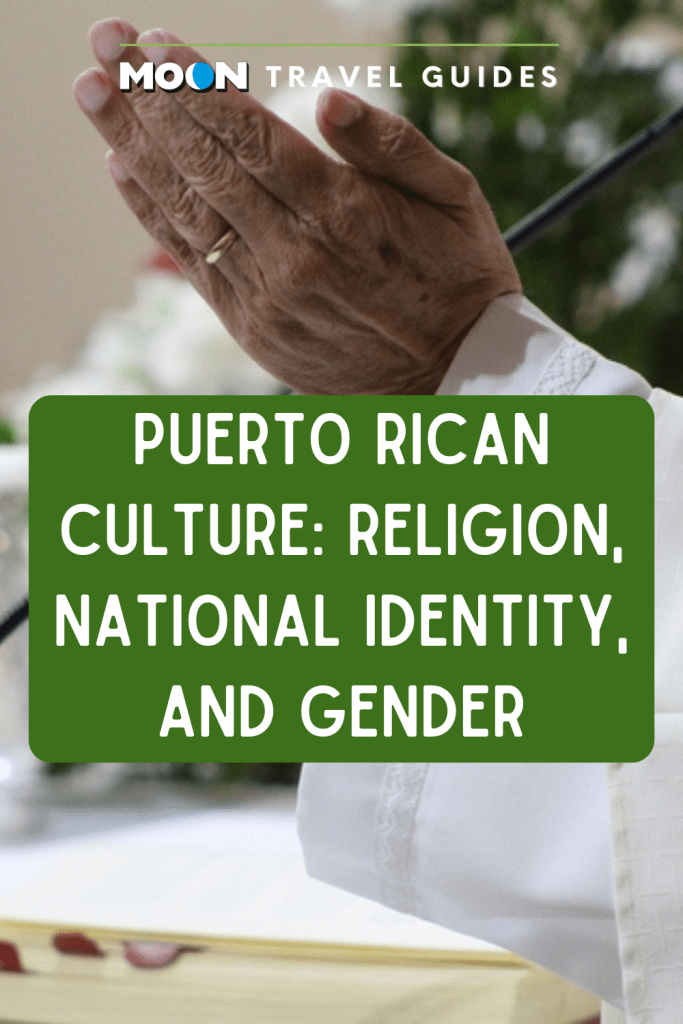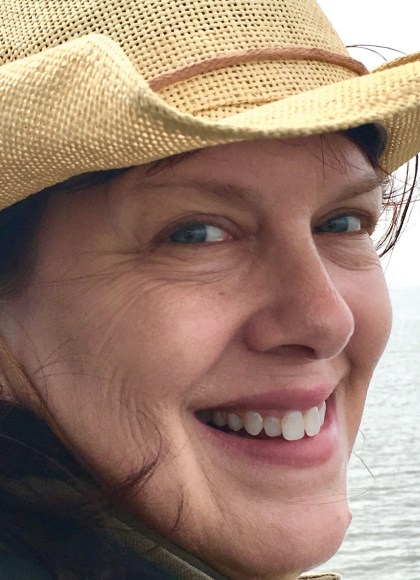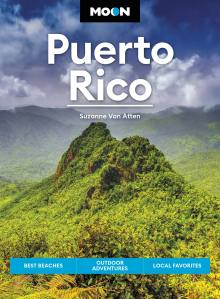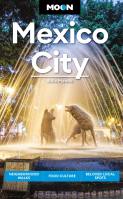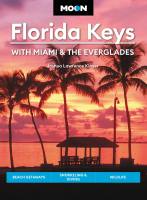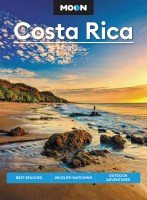Puerto Rican Culture: National Identity, Gender Roles, and Religion
Population
Today more Puerto Ricans live on the U.S. mainland than in Puerto Rico. The island’s population was already shrinking due to a double-digit unemployment rate prior to Hurricanes Irma and Maria in 2017. After the storms, the population dropped to a 40- year low of 2.9 million, down from 3.6 million in 2014.
National Identity
In 2005 Puerto Ricans were proclaimed the happiest people on earth, according to a highly reported study by the Stockholm-based organization World Values Survey. There does seem to be a collective, fun-loving spirit and zest for life at the heart of Puerto Rican culture, despite the challenges residents endure. Puerto Ricans tend to celebrate big and often. There are more than 500 festivals a year on the island, and everything is a family affair involving multiple generations of relatives. Music and food are at the center of most gatherings.
But don’t mistake the joie de vivre for frivolity. There are many great thinkers and artists from Puerto Rico. Many locals tend to be very passionate about their opinions and are happy to debate politics or sports for hours. They are also exceedingly proud of their island and their heritage. The Puerto Rican flag is ubiquitous on the island.
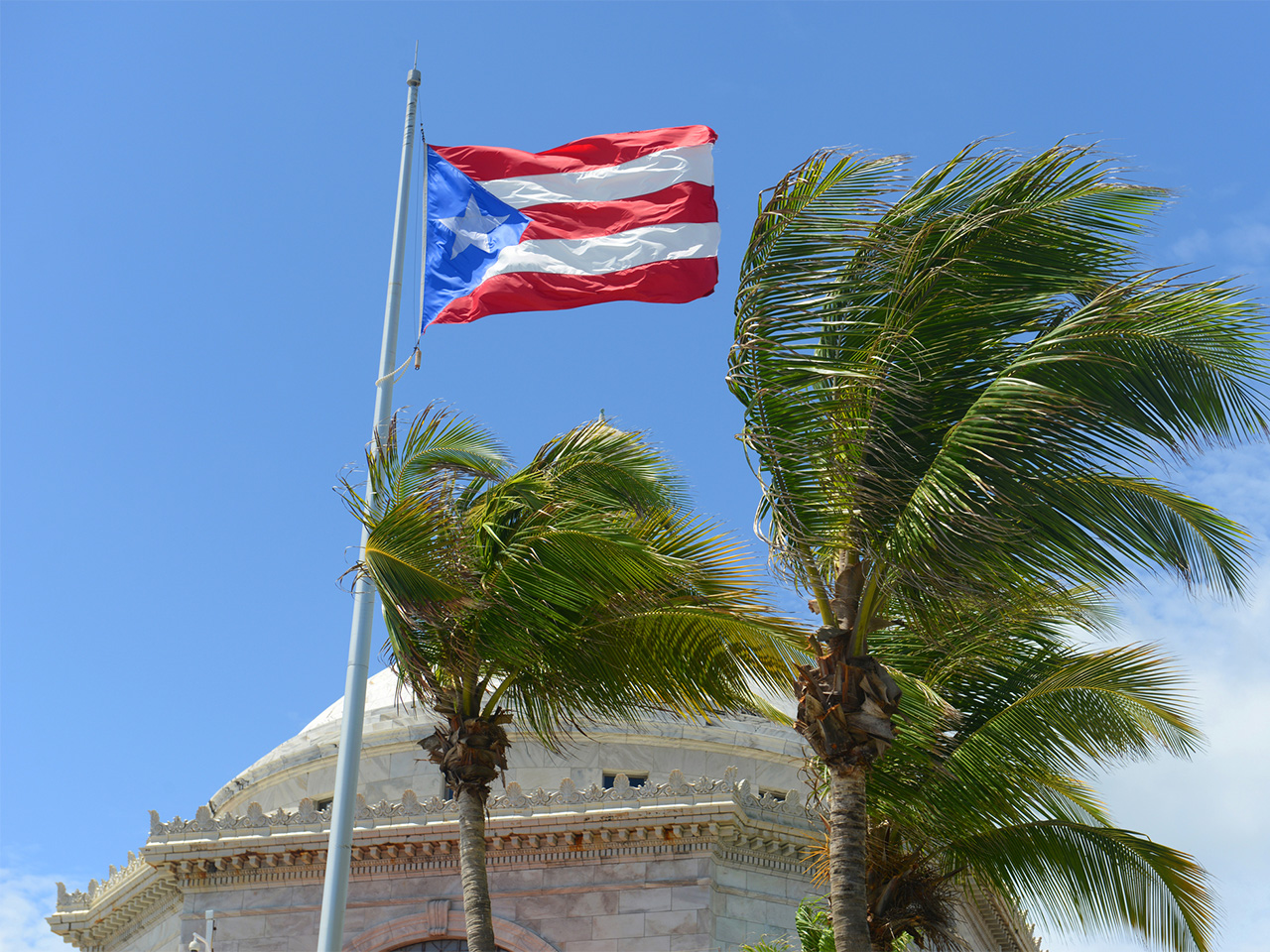
The island’s culture has been significantly shaped by its history. It was originally inhabited by a society of peaceful, agriculturally based Indigenous people who migrated to the island from South America. But beginning in 1508, the island became a Spanish colony, and for the next four centuries, European influence reigned. Towns were developed around central plazas and churches, according to Spanish custom. The church spread Catholicism, and Spanish became the official language.
Because the majority of colonists were men, the Spanish Crown officially supported marriage between Spanish men and Taíno women, leading to a population of mixed-race offspring. The Spanish also brought enslaved laborers to the island from Africa to work the island’s many coffee and sugar plantations. These laborers also produced offspring with the Taíno and Spanish colonists, resulting in a further blending of races.
Because of this historic mixing of races, Puerto Ricans often claim there is no racial disparity on the island, but recently there have been reports of racial profiling of those of African descent among law enforcement.
When the United States took control of Puerto Rico in 1898, the island underwent another enormous cultural transformation. Suddenly U.S. customs and practices were imposed. English became a common second language, and has at times been proclaimed the official language. The U.S. dollar became the legal tender. American corporations set up shop, bringing with them an influx of mainland Americans, whose ways of dress, cuisine, and art were integrated into the existing culture. Much of this influence is from those in the military. Some people credit that influence for the relative stability and orderliness of public life on the island. Visitors will not be accosted by hordes of people hawking souvenirs in Puerto Rico, like in some islands. The island’s governmental and judicial systems are organized similarly to the United States, and many U.S. social services are offered on the island.
Inroads of contemporary American culture have been made into much of island life, but Puerto Ricans are fiercely proud of their Spanish heritage. Since becoming a U.S. territory a little more than 100 years ago, Puerto Rico has undergone a seismic shift in its national identity that has divided the island politically. Puerto Ricans are U.S. citizens, and they enjoy many—but not all—the privileges that entails. The issue of Puerto Rico’s future political status has been an ongoing debate for more than 50 years, and it is as much a part of the island’s national identity as its Spanish language and customs.
Newsletter Signup
By clicking ‘Sign Up,’ I acknowledge that I have read and agree to Hachette Book Group’s Privacy Policy and Terms of Use
Gender Roles
When it comes to gender roles, Puerto Ricans are fairly traditional. However, as in the rest of the industrial world, women have made inroads into leadership positions in the formerly male worlds of business, politics and sports.
Those who identify as LGBTQ enjoy the same rights as heterosexual individuals. Legally, transgender people are permitted to change the gender on their birth certificates and a third gender is recognized, but tensions surrounding gender fluidity have been known to turn violent. In 2021, Puerto Rico had the highest transgender murder rate in the United States. That same year the governor issued a state of emergency over gender violence that included an awareness campaign to educate and sensitize the public.
Religion
Before the arrival of Christopher Columbus in 1493, Puerto Rico’s Indigenous population was composed of highly spiritual individuals who worshipped multiple gods believed to reside in nature. It was a common belief that these gods controlled everything from the success or failure of crops to one’s choice of a spouse.
All that began to change when Ponce de León arrived in 1508, bringing with him several Roman Catholic priests who ministered to the new colony and set about converting the Taínos to the faith, beginning with baptisms. In 1511 Pope Julius II created a diocese in Caparra, the island’s first settlement.
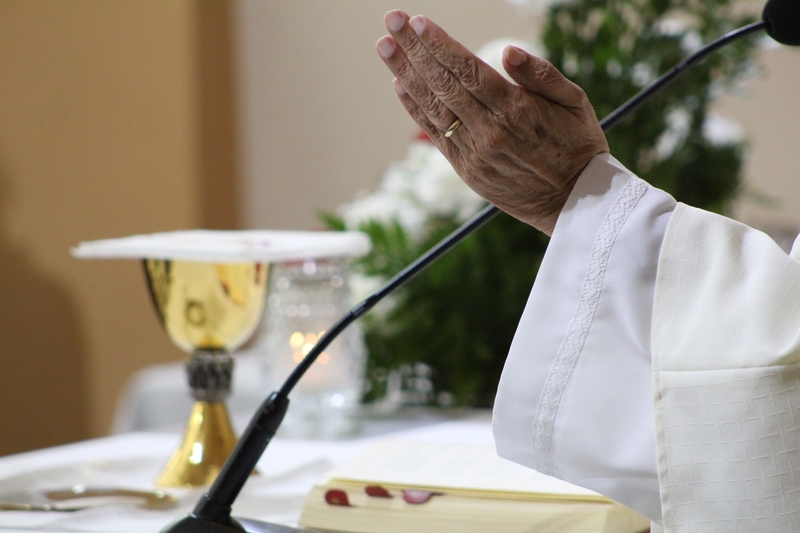
Today, depending on the source, Puerto Rico’s population is between 75 and 85 percent Roman Catholic. Although weekly church attendance is far below that figure, the Catholic Church has great influence on Puerto Rican life. Each town has a Catholic church at its center and celebrates its patron saint with an annual festival. Although many patron-saint festivals have become much more secular over time, they typically include a religious procession and special Mass to mark the day. Images of saints are common items in traditional households.
Some Puerto Ricans practice a hybrid form of religion called espiritismo, which combines elements of the Catholic religion and Indigenous beliefs in nature-dwelling spirits that can be called on to effect change in one’s life. Similarly, some Puerto Ricans of African descent practice Santería, introduced to the island by West Africans. It also observes multiple gods and combines elements of Catholicism. Practitioners of both religions patronize the island’s botanicas, stores that sell roots, herbs, candles, soaps, and amulets that are employed to sway the spirits to help individuals achieve success, whether it be in business, love, or starting a family.
Once the United States arrived in Puerto Rico in 1898, Protestantism began to grow on the island, and all major sects are represented. Pentecostal fundamentalism has developed in recent decades, and there is a small Jewish community on the island as well.
Newsletter Signup
By clicking ‘Sign Up,’ I acknowledge that I have read and agree to Hachette Book Group’s Privacy Policy and Terms of Use
Pin it for Later
